How to Block Websites on Android Phone or Tablet

Last updated:Jul 07, 2025
The typical American adult uses their phone for over three hours per day. The majority of that time is spent online browsing, where it's become more difficult to filter out offensive or harmful content. On an Android device, blocking questionable URLs can assist. Limiting users' access to the internet can boost productivity and safeguard your business against viruses and other harmful content that may be present on some websites.
It's crucial to remember that there isn't a perfect way to block websites on Android. Depending on how you set up the parental controls, your youngster might be able to get around them. Modifying the hosts file is the most reliable method for Android to block a website. However, in order to do this, your device must be rooted, which is a lot more work than most users probably want to undertake. Even though knowing how to block a website on your computer is useful, the reality is that you probably also have a smartphone. Blocking websites is a useful ability to know, whether you want to filter out explicit information on your child's computer or ban a time-wasting website from your own.

Part 1. Why Block Websites on Android Phone
You might want to ban some websites on your computer for a number of reasons. Some websites can try to steal your personal information, spread viruses, or have sexual content. Blocking a few websites is the best course of action whether you want to keep your kids safe or stop yourself from delaying. Android devices must have parental controls and the capability to block websites if you're buying a smartphone or tablet for your children. You can stop using social media by using website filtering, or you can stay away from distracting stuff while working. Regardless of the cause, we are prepared to assist. The best ways to ban websites on Android are listed below.
Part 2. How to Block Websites on Android without An App?
1. SpyX
With the help of parental control software, you can keep an eye on your children's digital devices from a distance. Screen time and acceptable content for children can both be managed by parents. For instance, parental control apps let you monitor your children to prevent them from viewing mature content and safeguard you from online predators or cybercriminals. Each parental control app has different functions, and whether an app is free or paid for also affects these features. SpyX as a parental control application features the following:
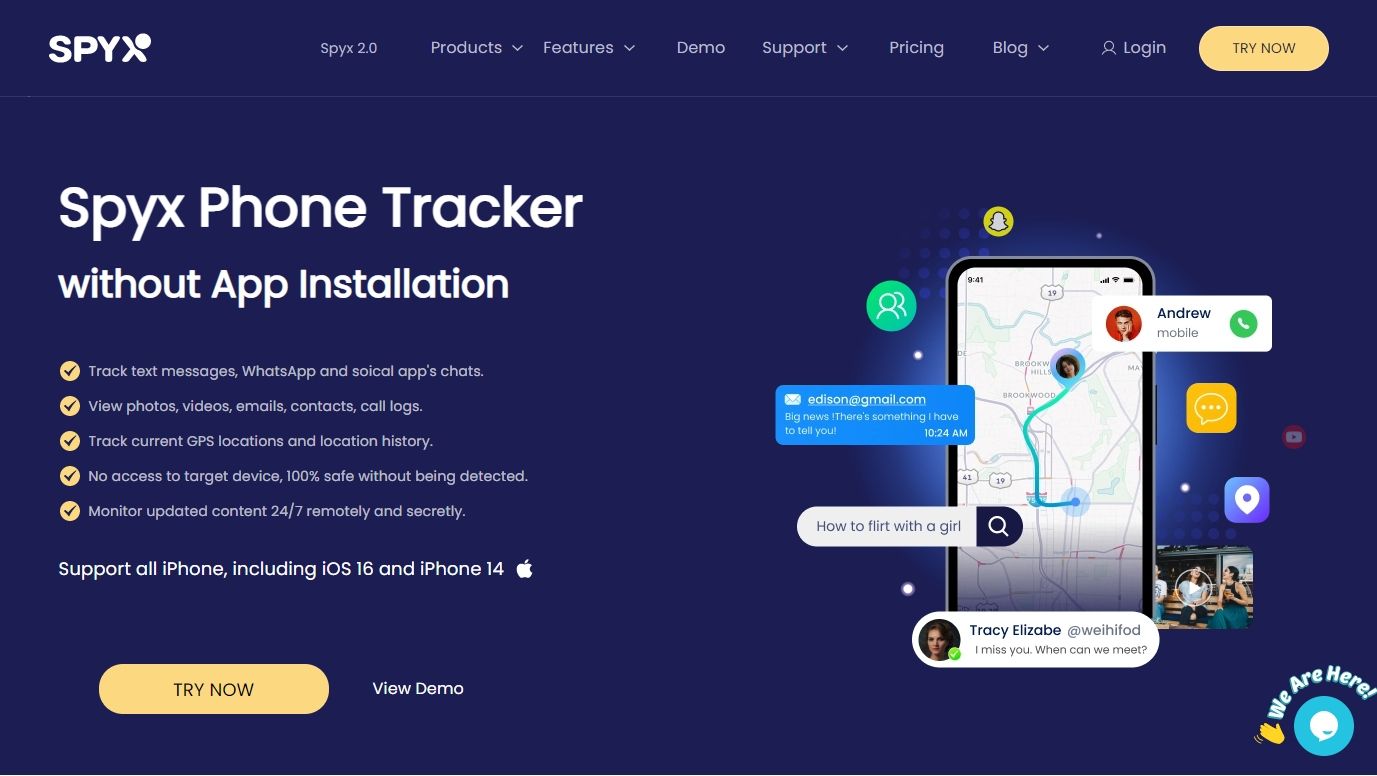
(1) Monitor GPS location to guarantee children's safety.
(2) Record all calls and texts made on the targeted Apple device, including those that were deleted.
(3) Review the calendar, notes, reminders, and photos.
Additionally, there is a huge market demand for parental control software. It helps to ensure children's online safety and protect them in the digital environment. It offers the best functionalities, like Geo-fencing, Alert systems, Blocking of inappropriate content, Detail log history, and many others. Parents want the software to have more functions. SpyX is easy to operate. You don't need to install app on the target phone. For remote monitoring, you just add iCloud credentials of target phone.
Step 1. Sign up Free
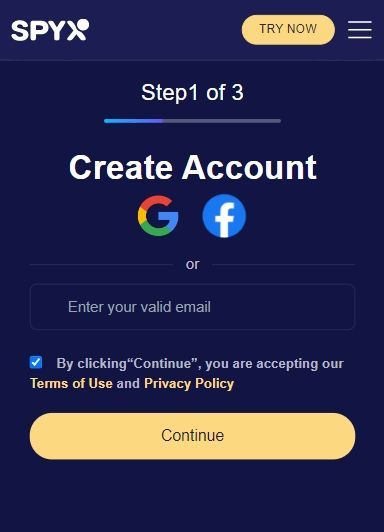
Step 2. Connect Target Phone
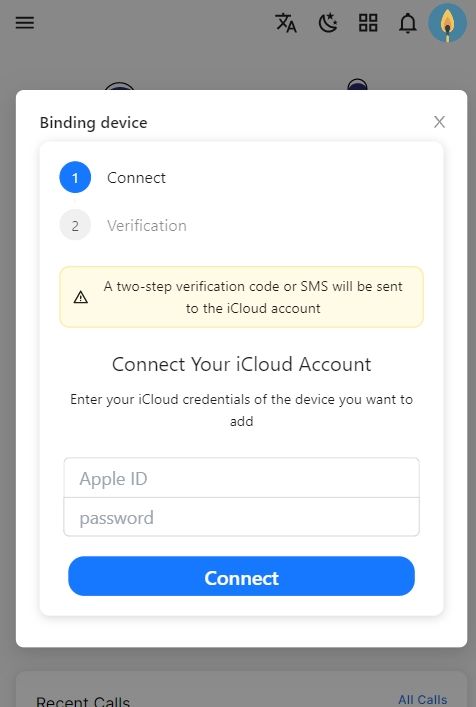
Step 3. Start Remote Monitoring
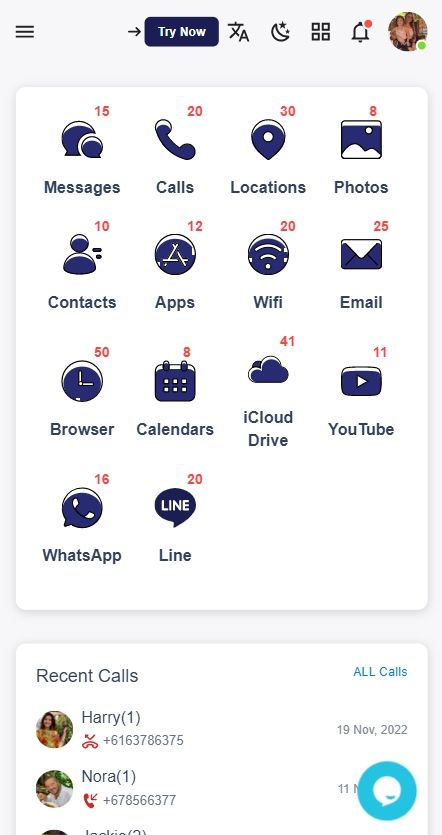
2. Modify host file
You can change your host file, but only if your Android device is rooted. We do not advise our readers to choose this option because it can require some technical knowledge. You run the following risks when you root your smartphone:
· You might render your phone ineffective;
· Your warranty will be revoked;
· Your phone's susceptibility to infection and hacking will increase;
· Access to safe and reliable apps from the Google Play store may be lost.
3. Use a firewall
A firewall can be turned on to block dangerous websites. You may be able to modify the settings for your apps with some firewalls. You can allow or prohibit children from utilizing mobile data to surf the internet, as well as restrict access to undesirable web pages. Unfortunately, to install a firewall and access all of your phone's settings, you may need to root it. As previously said, we don't advise our readers to do this. Instead, have a look at firewall software from the Google Play store like NoRoot Firewall. Make sure they don't call for rooting your device.
4. Use an antivirus
A virus scanner should be used as well. It will enhance your overall smartphone security and assist you in blocking harmful websites that may conceal viruses. Some antivirus programs allow you to filter your traffic and set up parental controls, such as banning pornographic or gambling websites.
5. Use privacy-oriented browsers
You might also use privacy-focused browsers to avoid tracking and intrusive adverts. Sadly, some of them just provide beta versions and some do not even offer mobile apps. We suggest giving Brave or Vivaldi a try.
6. Use NordVPN Threat Protection feature
Threat Protection, a built-in security feature provided by NordVPN, automatically eliminates dubious websites and safeguards you against malware. Additionally, it conceals intrusive pop-ups and adverts so you don't have to worry about unintentionally clicking on something that might be spyware or malware hidden. You can download an extension for Chrome, Firefox, or Edge or utilize a VPN software on your Android smartphone. With NordVPN, you can increase your online security, increase your privacy, and block trackers. By taking part in the NordVPN referral program, you can also receive a free month of service.
7. Switch to a family-friendly web browser
With one difference, a family-friendly web browser is similar to every other browser (including Google Chrome, Firefox, and Safari). Most content is filtered, so all searches will steer clear of the problematic areas of the web. This will prevent kids from coming across adult websites, graphic photos, and other harmful material. Children can access the knowledge they require to accomplish their studies, but they won't come across any hazardous websites.
Part 3. How to Block Websites on Android with An App
1. Google Chrome
· Open your Android's Google Chrome app.
· To block a website, visit it.
· Go to the Info icon by tapping the vertical 3-dot menu to the right of the address bar.
· Press site settings to turn off apps in Chrome.
· By tapping a setting to change the permissions, you can limit media, pop-up windows, and other things.
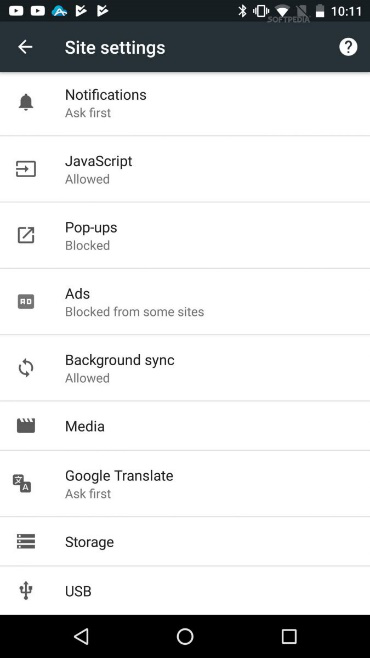
Google Chrome's internal settings only allow users to block components (including video and sound) and render webpages unfinished, not entire websites, so that people will leave the website out of frustration.
Utilizing an extension tool is another option to permanently ban websites in Google Chrome for Android. As we all know, however, Google Chrome extensions are only intended for use on desktop computers. To add a Chrome extension to an Android device, you will first need to download and install a different web browser (we recommend Yandex Browser), after which you can search "Block Site" in the Chrome Web Store and download the extension. You will have to go to websites and block them in Yandex, which is an annoyance.
2. Opera
While Opera does support blocking ads within the app, it does not support blocking websites on Android; in that case, you must use the aforementioned extension.
· On your Android phone or tablet, launch the Opera app.
· Then, locate "Block Site" on the add-ons website by typing "https://addons.opera.com/en/" in the address column.
· Then include "Block Site" in Opera.
· On your Android smartphone, open the add-ons and enter the URL of the websites you wish to prevent Opera from accessing.
3. Edge
Parents like Microsoft Edge, formerly known as Internet Explorer, because it enables them to add child accounts and manage which websites their children can visit. While setting up a child account and blocking websites on an Android device requires some effort, once you have done so, your children will no longer have access to distracting or harmful websites when using an Android device.
Step 1. Get a child account on Microsoft Edge for your children or other people. (You can complete this step on a Mac or PC with a large screen.)
· Access your Microsoft account online by logging in.
· Select Family > Add a family member link > Child, then type the additional person's email address.
· After clicking the "Send Invite" button, double-check and approve the invitation in the newly-added person's Outlook account.
Step 2. Within your Edge account, block websites. (You can complete this step on a Mac or PC with a large screen.)
· Re-login to your online Microsoft account.
· Select Web browsing under Family > Your family > Content controls.
· Go to Always Blocked and add the URLs of the websites you want to block in order to block websites on Edge for Android.
Step 3. Installing and configuring Microsoft Edge on an Android tablet or phone
· On an Android phone, launch the Microsoft Edge app.
· To sign in with the Child account you've added, tap the three-dot button.
4. Mozilla Firefox
Since Firefox allows users to add plugins to its browser, there is a very simple and cost-free solution to block websites in Firefox on Android utilizing the free add-ons.
· On your Android tablet or phone, open the Firefox app.
· Find the page by typing https://addons.mozilla.org/en-US/android/ into your browser.
· Click "Add to Firefox" after finding the "Block Site" add-on. block site on firefox
· After installing the plugin, return to the Add-ons page, select Ban Site, and then enter the URLs of the websites you want to block in Firefox on your smartphone.

5. BlockSite
· Add the "Block Site" Chrome extension to your browser by searching for it.
· In the pop-up box, select "Add extension."
· On your Chrome screen, look for the extension's icon in the top-right corner.
· Go to a website you want to block going forward.

FAQs
Q1. How do I block websites on my kids Android?
Block or allow a site:
1. Open the Family Link app .
2. Select your child.
3. Tap Manage settings Google Chrome Manage sites. Approved or Blocked.
4. At the bottom right, tap Add an exception .
5. Add a website, like www.google.com or domain, like google . If you add a website, you should include the www.
6. At the top left, tap Close .
Q2. What websites should parents block 2022?
List of websites to block for kids
1. Twitter. Twitter is a social media popular among all over the world.
2. YikYak. YikYak is an anonymous social media platform popular among young teenagers.
3. Kik.
4. Omegle.
5. Chatroulette.
6. 4Chan.
7. Ask.FM.
8. Tinder.
Q3. What's the most inappropriate website?
10 Bad Websites to Block On Your Kids Devices in 2022
1. Toomics.com. As with most of the URL's on this list, Toomics itself isn't bad, but they don't have filters to weed out the inappropriate content. ...
2. Omegle.com.
3. Reddit.com.
4. Tumblr.com.
5. Chatroulette.com.
6. Archive.org.
7. Twitter.com.
8. theChive.com.
Q4. How to block websites on Chrome on the mobile app for Android?
1. Go to the Google Play Store. Download the BlockSite app.
2. Once downloaded, open the app. Follow the on-screen prompts to allow BlockSite to access your privacy settings.
3. To block a website click the plus (+) sign and search for the website.
Q5. How do I block unwanted websites on my Samsung phone?
1. Run your Google Chrome App on your Android.
2. Go to the website you want to block.
3. Tap the vertical 3 dots on the right of the address bar, then go to Info icon.
4. Tap site settings.
5. Change the Permissions by taping a setting, you can block media, pop-ups or others.
More Articles Like This